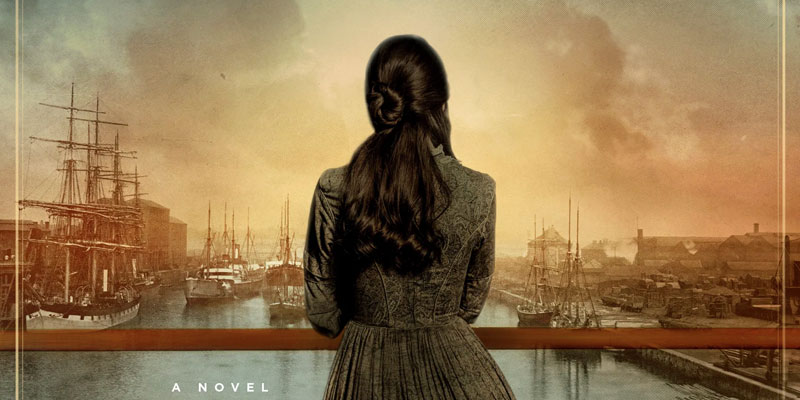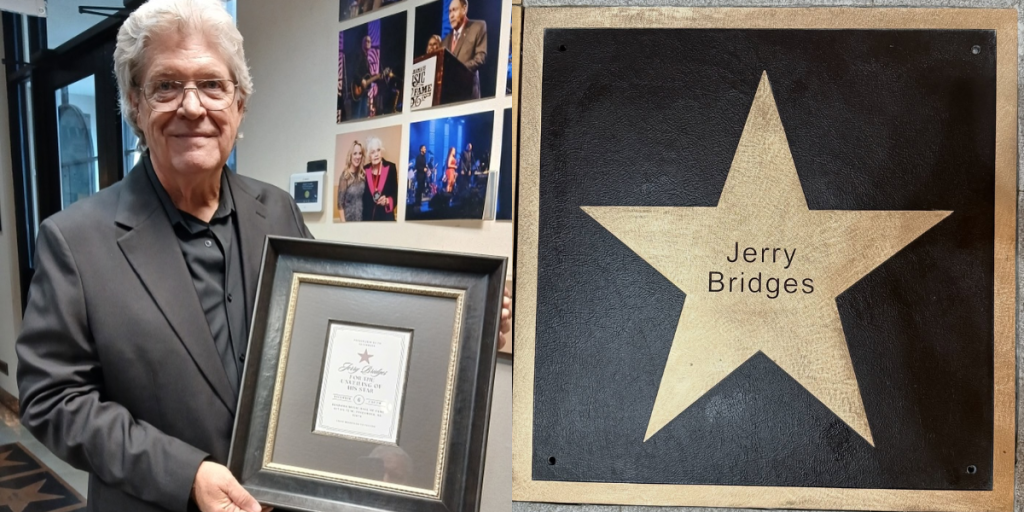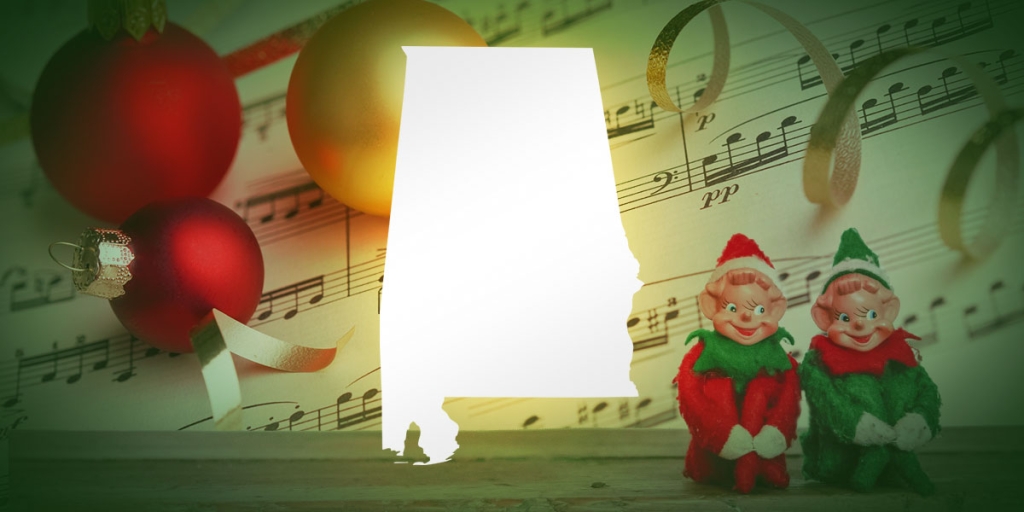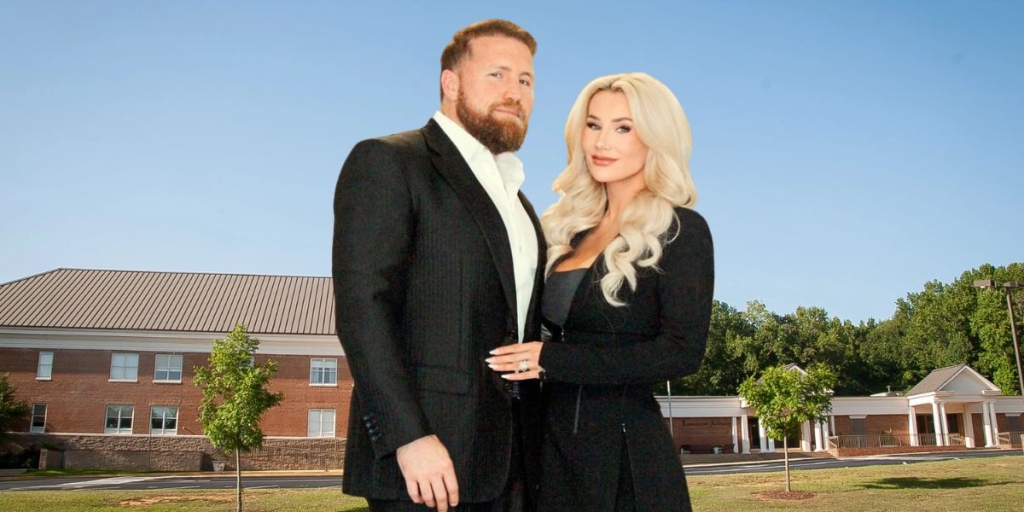About 75 years before the Titanic set sail from England for the first time and sank in the North Atlantic Ocean, something eerily similar happened in the Atlantic Ocean much closer to home.
At 11:04 p.m. on the night of June 14, 1838, the steamship Pulaski had an explosion in its boiler room.
It sank 45 minutes later, as passengers, including some of the elite of Charleston and Savannah headed north for the summer, scrambled for safety, hampered by the lack of working lifeboats on the ship. About 200 people were on board, and more than half of them died.
The tragedy provides the basis for Patti Callahan’s new book, “Surviving Savannah,” which comes out on Tuesday. Callahan is participating in a number of virtual events to kick off publication of the book about a shipwreck that is largely forgotten.
“They call it the ‘Titanic of the South,’” says Callahan, who lives in Birmingham but whose family has a second home in Palmetto Bluff, South Carolina, near Savannah. “But it was pretty much lost to time.”
That is until Boo Harrell, a mariner in Palmetto Bluff, brought it to Callahan’s attention.
“Years and years ago, he told me about it and gave me an article about it,” says Callahan, the author of 15 best-selling novels (some as Patti Callahan, some as Patti Callahan Henry). “I put it in my bag and didn’t read it.”
About a year later, he mentioned it again, and the same thing happened. Finally, after the third time, Callahan finally read the article while walking from the marina to her home.
“I thought, whoa, this is really fascinating, but I don’t know if I write about shipwrecks,” she recalls. “But there’s this myth about this shipwreck, about this man and woman who floated together for five days and five nights and fell in love. I thought that was going to be my story, but it turns out it wasn’t true. But I was starting to get interested in the real people on this ship.”
About three weeks into her research, before the Auburn University graduate and former nurse had even decided she was going to pursue the book, something happened that sealed the deal – the wreckage of the ship was found in late 2017 and excavation began of what remained on the ocean floor.
“So, unbeknownst to me, while I was looking for the story, someone was looking for the treasure and artifacts at the exact same time,” Callahan says. “I worked with them when I was writing this.”
“Surviving Savannah” takes place in the 19th century and in present day as a researcher named Everly Winthrop curates a collection of artifacts found from the Pulaski. Winthrop’s research focuses on a family of 11 sailing together, including a survivor, Augusta Longstreet, and her niece, Lilly Forsyth, who was never found.
Like her 2018 book “Becoming Mrs. Lewis,” based on the life of C.S. Lewis’ wife, “Surviving Savannah” is based on fact, with some fictional elements – including a modern-day storyline – from the author.
“The question isn’t so much what’s real and what’s made up,” Callahan says. “For me, it’s what’s fact and what’s imagined. All the facts are legit. I didn’t make up a single fact. The actual facts I spent years researching – when it sank, why it sank, how long it took to sink. The family is inspired by the real family. I didn’t want this to be a biography, but I wanted that family of 11 who boarded together, I wanted us to follow them.”
One of the author’s major sources was an account of the wreck by passenger Rebecca Lamar, who in Callahan’s book is Augusta Longstreet.
“The craziest thing happened,” Callahan says of the divers combing the shipwreck. “They have found one luggage tag from the wreckage. One. It has the name Rebecca Lamar on it. That’s my main character. I had been writing about her.”
Callahan is as perplexed as anyone why the Pulaski disaster isn’t more well-known. She suspects it has something to do with Savannah’s pre-Civil War history. Some slaves and slave owners were on the Pulaski, and some of the wealthy people on board were cotton plantation owners.
“It’s complicated,” Callahan says.
Case in point: Charles Lamar, a 15-year-old survivor who earned the nickname “Noble Boy” for his actions helping others while the Pulaski was going down.
“Twenty years later, he had an entirely new nickname – the Red Devil,” Callahan says. “He was a horrific slave trader, and, coincidentally, was the last Confederate soldier killed in the Civil War.
“That complicated history maybe helped bury the story,” the author adds. “It’s not romantic. It doesn’t look good. But it completely changed the face of Savannah. They say there wasn’t a family in Savannah who wasn’t affected by a loss. The entire city of Savannah went into mourning for months. It changed maritime law. Yet, I had never heard of it.”
For her next book, Callahan is returning to the world of C.S. Lewis. Her “Once Upon a Wardrobe,” due out Oct. 19, is the first book under HarperCollins’ new HarperMuse imprint.
“It’s about a sister and her brother in the countryside of England in 1950 and the power of Narnia to change their lives,” she says. “’The Lion, the Witch and the Wardrobe’ was the only book in the series out then. … In the book, we see the seven seminal events in C.S. Lewis’ life that fed into ‘The Lion, the Witch and the Wardrobe.’”
It’s just another real-life story that has caught Callahan’s attention.
“I got fascinated about this idea of where do books come from,” she says. “I make up stories, but to make up a whole other land, like Middle Earth or Narnia, how does that happen? What are the things that happened in his life that led to this?”
(Courtesy of Alabama NewsCenter)













